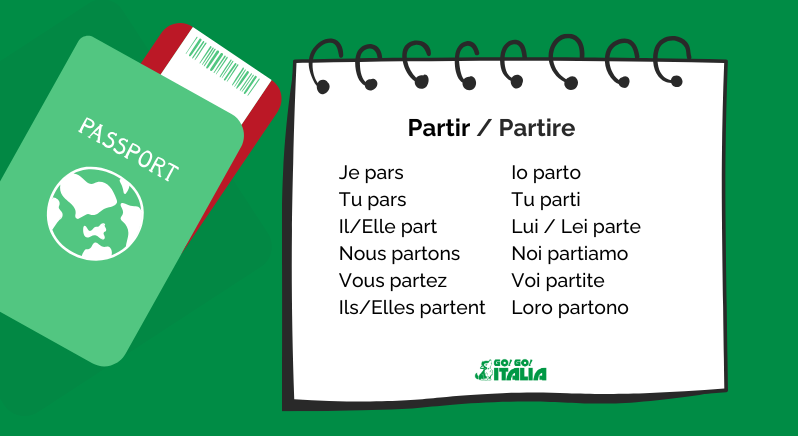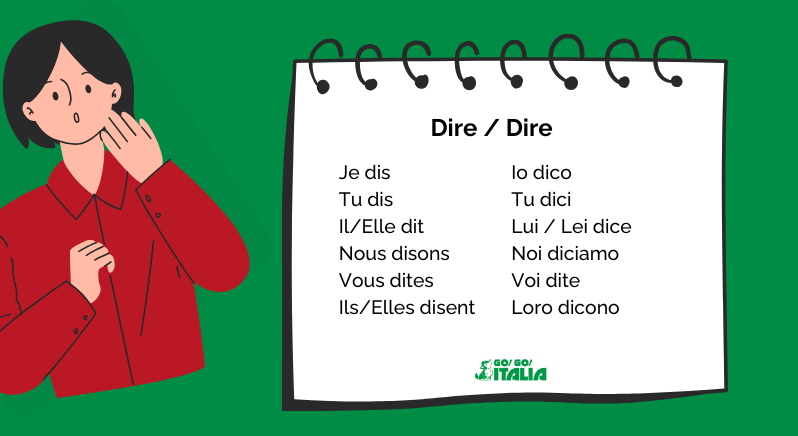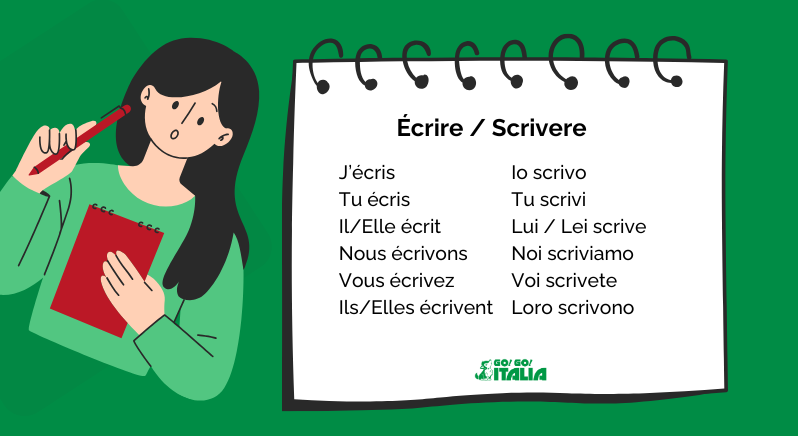Italy and France, both cornerstone nations of European heritage, are united not only by geography but also by a deep and intertwined linguistic tradition. Their languages, Italian and French, both rooted in Latin, present a fascinating blend of similarities and differences. Exploring these nuances reveals much about the cultures and trajectories of these two nations.
Similarities between Italian and French
Despite their distinct sounds and flavors, Italian and French share foundational characteristics stemming from their common ancestor, Vulgar Latin.
Vocabulary and roots
A substantial portion of the vocabulary in both Italian and French can be traced back to Latin. This shared origin means many words have cognates, words with similar form and meaning in both languages. For instance, “water” is acqua in Italian and “eau” in French, both deriving from the Latin “aqua.”
Other examples: “table” is tavolo in Italian and “table” in French, while “color” is colore in Italian and “couleur” in French. Many of these cognates are easily recognizable, making it possible for speakers of one language to grasp the gist of the other even without formal study. This overlap can be a great advantage for learners, providing a bridge between the two languages and facilitating vocabulary acquisition.

Grammatical structures
Both languages exhibit grammatical structures that are typical of Romance languages. They include gendered nouns (masculine and feminine), verb conjugations that indicate tense, mood, and person, and the use of articles and pronouns. While the specific forms and rules may differ, the underlying structure is largely parallel.
Evolution from Latin
The evolution of both languages from Latin followed similar patterns. Vulgar Latin, the spoken language of the Roman Empire, diverged into regional dialects that eventually became distinct languages. This shared lineage resulted in many shared linguistic features, even as local influences shaped them differently.
Word order
While there can be variations, the basic word order in both Italian and French generally follows the Subject-Verb-Object (SVO) pattern. This is a significant similarity and makes it easier for speakers of one language to understand the basic structure of the other.

Cultural influence
Both Italian and French have historically been languages of culture, art, and diplomacy. This shared status has led to many words and phrases being adopted across both languages, particularly in fields like music, cuisine, and fashion.
| Feature | Italian | French |
|---|---|---|
| Vocabulary Root | Mostly Latinate | Mostly Latinate |
| Noun Gender | Masculine and Feminine | Masculine and Feminine |
| Verb Conjugations | Indicates tense, mood, person | Indicates tense, mood, person |
| Basic Word Order | Subject-Verb-Object (SVO) | Subject-Verb-Object (SVO) |
| Common Influence | Words from music, art, cuisine, fashion | Words from music, art, cuisine, fashion |
Differences between Italian and French
Despite their common roots, Italian and French have evolved into distinct languages with notable differences in pronunciation, orthography, and even some aspects of grammar.
Pronunciation
Perhaps the most immediately noticeable difference is in pronunciation. Italian is generally considered more phonetic, meaning words are pronounced close to how they are spelled. French, on the other hand, has a more complex system with silent letters, nasal sounds, and liaison (linking words). These differences can make French pronunciation more challenging for learners.

Orthography
Italian orthography (spelling) is relatively straightforward. Each letter generally corresponds to a specific sound. French orthography, however, retains many historical spellings that no longer reflect the pronunciation. This can make reading and writing in French more difficult.

Vocabulary development
While both languages draw heavily from Latin, they have also incorporated words from other sources. Italian has retained a closer connection to Latin, while French has been influenced by Germanic languages and other sources. This has led to differences in vocabulary even for related concepts.
Grammar nuances
While the basic grammatical structure is similar, there are nuances that set the two languages apart. For instance, the use of certain tenses and moods, as well as the formation of compound tenses, can differ between Italian and French. Also the pronouns are distinct from each other.
Regional variations
Both Italian and French have regional dialects and variations. However, the degree of variation and the perceived “standard” language can differ. Standard Italian is based largely on the Tuscan dialect, while standard French is based on the dialect of Paris.
| Feature | Italian | French |
|---|---|---|
| Pronunciation | More phonetic | Complex, silent letters, nasal sounds |
| Orthography | Straightforward, spelling reflects pronunciation | Historical spellings, less reflective of pronunciation |
| Vocabulary | Closer connection to Latin | Influenced by Germanic and other languages |
| Grammar | Nuances in tense usage | Nuances in tense usage, compound tenses, pronouns |
| Regional Dialects | Variations exist, Standard based on Tuscan | Variations exist, Standard based on Parisian |
Which language to learn?
Choosing between Italian and French depends on personal interests and goals. Italian might appeal to those interested in art, opera, and cuisine, and its phonetic pronunciation can be a bonus. French might be more attractive to those drawn to literature, philosophy, and diplomacy, and its global presence as a language of international organizations. We can help you learn both French in France through our sister company and Italian in Italy.
Not sure which one to study? Try both! We can help you arrange a few introductory weeks of language learning in both France and Italy so that you can get an idea! Interested? Contact us!



